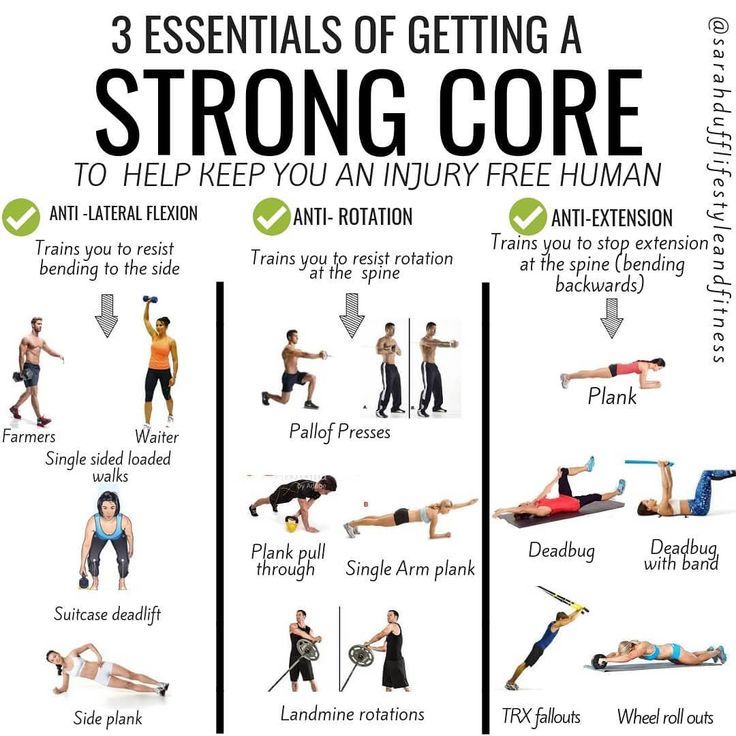Flexibility and range of motion are crucial elements of physical fitness, enabling individuals to perform daily activities with greater ease and efficiency. In the realm of fitness, kettlebell training has gained significant popularity due to its ability to enhance not only strength and endurance but also mobility.
Understanding Kettlebell Mobility
Kettlebell mobility refers to the ability to move through a complete range of motion using kettlebell exercises. Unlike traditional weightlifting that often isolates specific muscle groups, kettlebell movements incorporate full-body integration and require flexibility in various joints. This dynamic training method engages multiple muscle groups simultaneously and promotes flexibility in the hips, shoulders, spine, and other key areas.
The Benefits of Kettlebell Mobility
1. Improved Flexibility: Kettlebell exercises involve movements that require joints to move through a wide range. This repetitive motion under load helps improve flexibility by increasing the length and strength of muscles and connective tissues.
2. Enhanced Range of Motion: Kettlebell exercises, such as swings, cleans, and snatches, demand coordinated movements that extend beyond isolated muscle contractions. These movements promote mobility, enabling individuals to perform daily activities with ease and reduce the risk of injury during physical exertion.
3. Joint Stability: Kettlebell training emphasizes proper alignment and control throughout the movements, resulting in improved joint stability. Strengthening the muscles surrounding the joints reduces the risk of strains and sprains by providing greater support and stability during movement.
4. Core Strength: Many kettlebell exercises require a strong core engagement to maintain stability and control. This not only helps in generating power during movements but also improves overall posture and balance.
How to Improve Kettlebell Mobility
To enhance flexibility and range of motion with kettlebell training, consider incorporating the following tips:
1. Warm-Up: Before starting any kettlebell workout, it is essential to warm up your muscles and joints adequately. Incorporate dynamic stretches and mobility exercises specific to the areas you will be targeting during the session.
2. Start with Light Weights: If you are new to kettlebell training or focusing on mobility, begin with lighter kettlebells. This allows you to focus on correct form, range of motion, and balance, gradually increasing the load as your mobility improves.
3. Focus on Technique: Proper technique is critical for effective kettlebell training. Learning the correct form from a certified trainer or through reliable sources ensures that you engage the right muscles and minimize the risk of injury.
4. Incorporate Mobility-Specific Exercises: While traditional kettlebell exercises like swings and presses can improve mobility, incorporating specific movements that target your limitations can be beneficial. These can include exercises such as hip mobility drills, shoulder dislocates, or deep squat variations.
5. Stretch and Cool Down: After completing your kettlebell workout, dedicate time to stretch the muscles worked and cool down. Static stretches aimed at the muscles involved will help maintain or improve flexibility gained during the training session.
Conclusion
Kettlebell mobility training offers a unique and effective way to improve flexibility and range of motion. By incorporating dynamic movements that engage multiple muscle groups, participants can enhance their overall physical capabilities, prevent injuries, and perform daily tasks with greater ease. Remember to start slowly, focus on technique, and listen to your body to achieve optimal results in your kettlebell mobility journey.
Published on January 1, 2022 by John Doe








